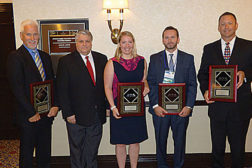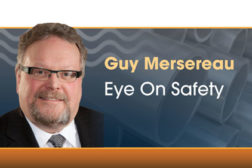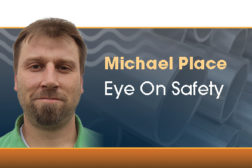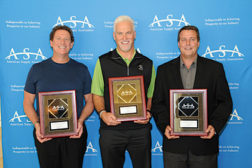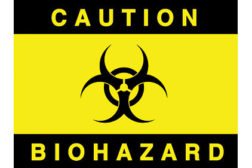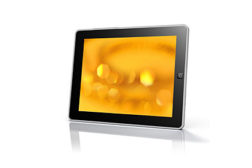Home » safety
Articles Tagged with ''safety''
It’s time to start your ASA Safety Award application.
Read More
Recognize safety excellence at your company
Nominations for ASA’s 2012 Member Safety Recognition Awards will be accepted through Thursday, Aug. 1.
June 20, 2013
Will you be prepared for the next Hurricane Sandy?
Asset protection specialist offers disaster safeguarding tips.
December 5, 2012
Beat the heat
Education is paramount when dealing with high-temperature working conditions.
August 1, 2012
Get our new eMagazine delivered to your inbox every month.
Stay in the know on the latest on plumbing, bath & kitchen, industrial PVF, radiant & hydronics, and HVAC products.
SUBSCRIBE TODAY!Copyright ©2024. All Rights Reserved BNP Media.
Design, CMS, Hosting & Web Development :: ePublishing
